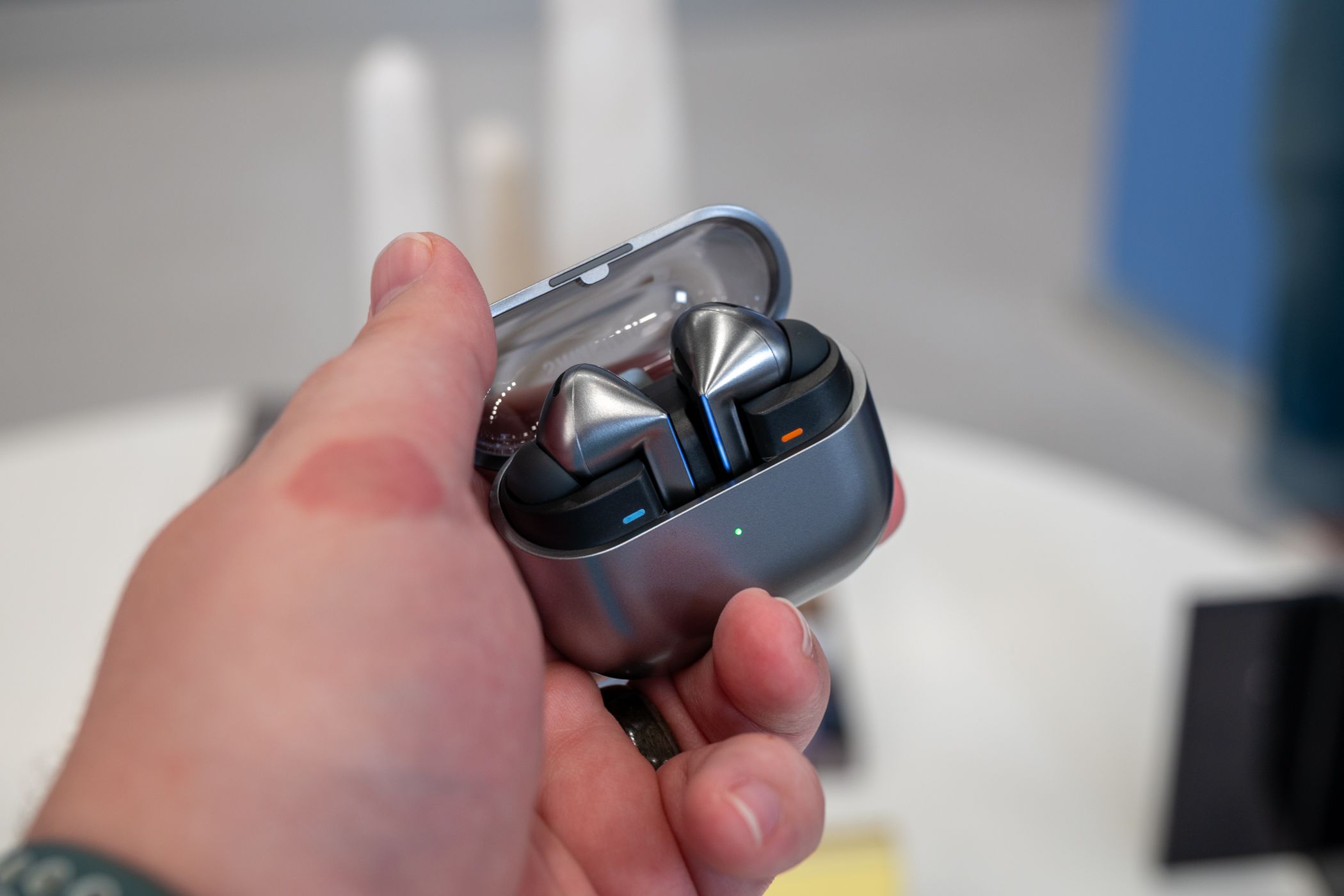Imagine getting a free, no-strings-attached ticket to the International Space Station, giving you a unique opportunity to spend a couple of weeks in low Earth orbit enjoying the sights. Would you take even a single piece of tech on that journey? I would, and as many gadgets as I’d be able to carry.
Now, astronauts can’t simply fill their bags to the brim with personal stuff and carry all that with them in space. According to NASA, (mind that the article was last updated in 2020), astronauts leaving for the ISS can take up to 3.3lbs (1.5kg) of personal items in their Personal Preference Kit. Since I doubt I’d be allowed to allocate more weight for personal items than actual astronauts, I decided to work with the same 3.3lbs limit. Here are the gadgets that would end up in my Personal Preference Kit.
6
Nintendo Switch Lite – 0.60lbs (275g)
Outer space is cool and all, but even if I traveled beyond the Earth, I’d still need something to play games on. The Nintendo Switch Lite looks like the best gaming gadget for the ISS due to its lightweight design and huge library of games.
Sure, my hands would cramp a bit due to its compact size, but considering the console weighs less than 10oz and offers dozens of brilliant Nintendo exclusives along with hundreds of fantastic indie games, I don’t think there’s a better choice for the ISS than the Switch Lite.
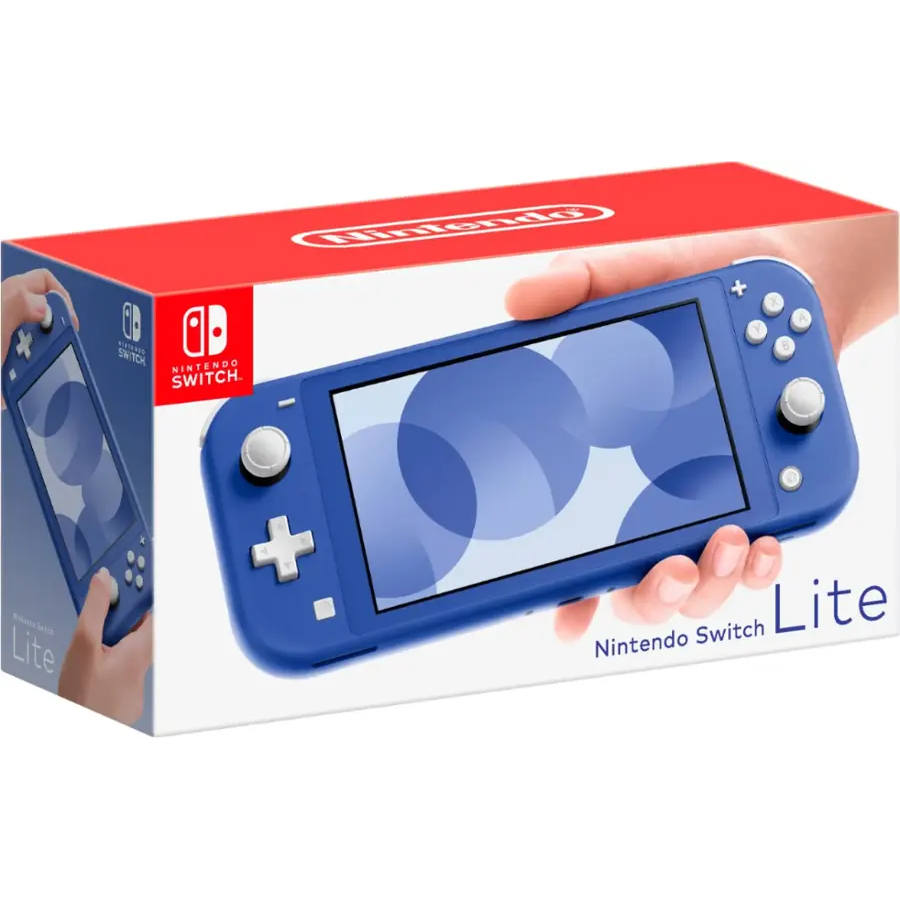
Nintendo Switch Lite
Save money on the Nintendo Switch by opting for the handheld model. Smaller than the standard model, the Switch Lite lacks detachable Joy-Con and can’t be used in docked mode but offers great value.
I could just chuck a massive microSD card inside it and fill the machine to the brim with digital games, to avoid having to carry dozens of carts, taking up precious space and weight allocation.
5
Kindle 11 – 0.35lbs (158g)
I think that my first order of business at the ISS would be to go to the famous Cupola module and just gaze at our planet in between gaming and book-reading sessions. My e-reader of choice for the ISS would be the Kindle 11, the lightest Kindle ever, weighing in at less than 5.6oz.
The Cupola, developed by NASA.
Sure, this isn’t the latest Paperwhite, but it’s still one of the best eReaders out there. It’s got a high-def, 300ppi screen that’s 6 inches in diagonal, 16 gigs of storage, a built-in backlight, a long-lasting battery, and a USB-C charging port. It’s not water-resistant, but I wouldn’t worry about that up at the ISS.

Amazon Kindle (2024)
- Resolution
-
300ppi, 16-level gray scale
- Storage
-
16GB
4
JBL Clip 5 Bluetooth Speaker – 0.63lbs (285g)
Now, chilling in the Cupola module would be even better with some music blastic from speakers, and the JBL Clip 5 fits the bill perfectly. It’s compact but surprisingly loud and with impressive sound quality for such a small and lightweight speaker.
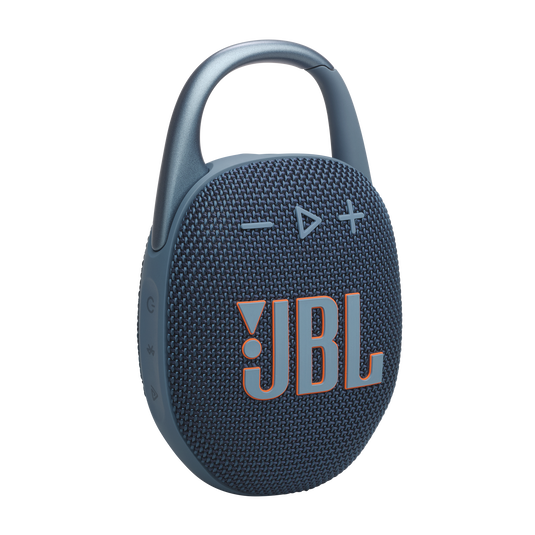
JBL Clip 5
- Brand
-
JBL
- Speaker Type
-
Mono
The battery is another high point, offering 12 hours of playtime, which is overkill for an environment such as the ISS. But still, 12 hours of playtime for such a compact speaker is nothing short of outstanding.
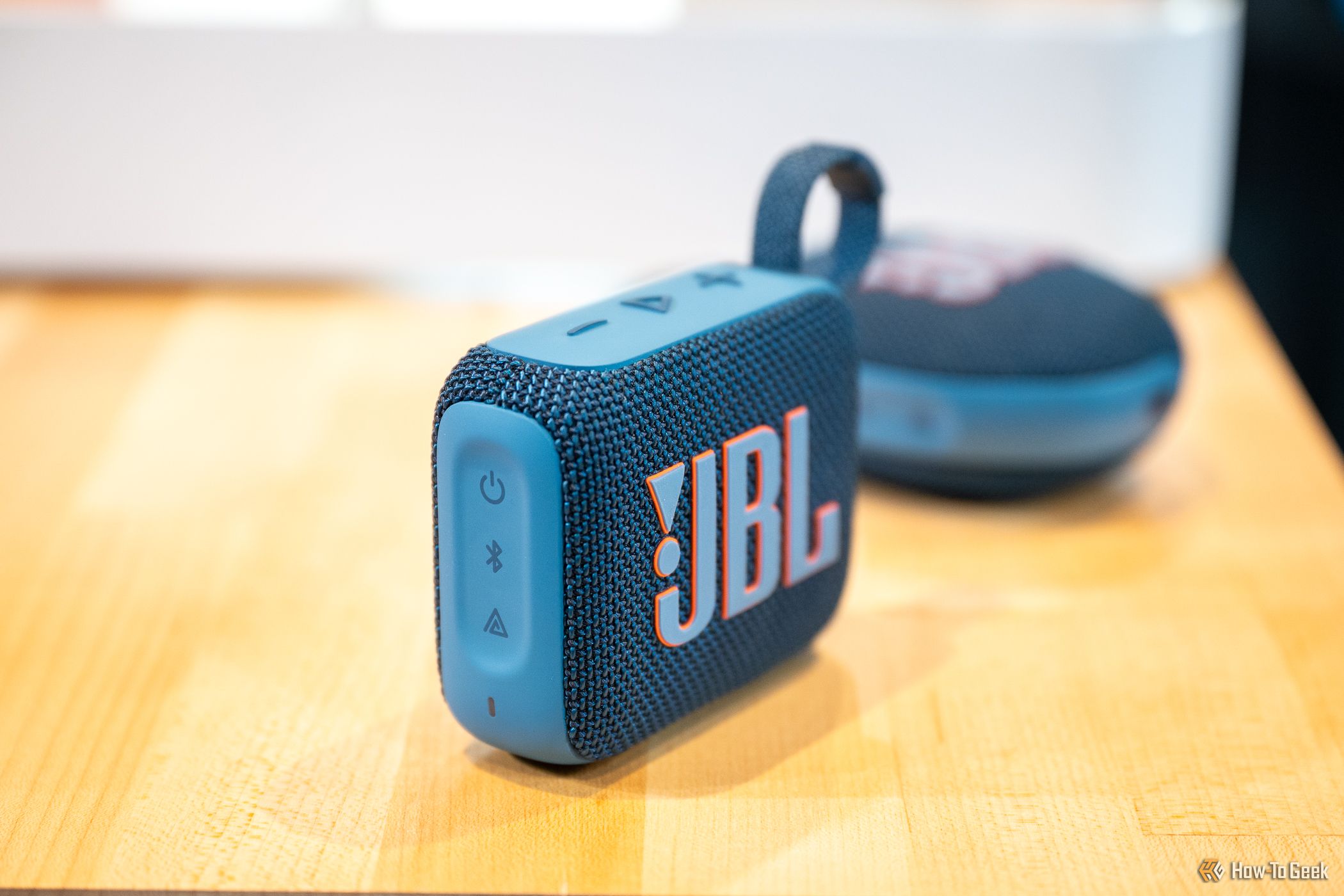
Related
3
Galaxy Buds Pro 3 – 0.125lbs (57.3g)
I would definitely listen to music on the JBL Clip 5 while being awestruck by our planet’s otherworldly vistas visible from the Cupola module. But I’m sure other ISS inhabitants wouldn’t be amused by a rando blasting the latest Deafheaven from a Bluetooth speaker while taking up precious space in the ISS living quarters.
In other words, I’d need a pair of wireless buds to replace the Bluetooth speaker when around other people. My choice would be the Galaxy Buds Pro 3 since I already own a Samsung Galaxy phone. The Pro 3 aren’t great at ANC, but they wouldn’t have to be, considering there’s not a lot of noise inside the ISS.
On the other hand, they look sleek, pack a smorgasbord of features, have a fantastic sound quality, and are pretty lightweight, weighing just a tad over 2oz.
Sure, the design is an obvious copy of the AirPods Pro—I really don’t know why Samsung pivoted from the excellent design language of the Galaxy Buds Pro 2—but in space, no one cares what your buds look like; at least I hope so.
The Meta Quest 3, one of the best VR headsets around, would be my luxury item. A single gadget weighing more than a pound, taking more than one-third of my weight allocation. Personally, a Quest 3 would be worth its weight in gold over at the ISS because VR gaming in zero gravity would be a priceless experience.
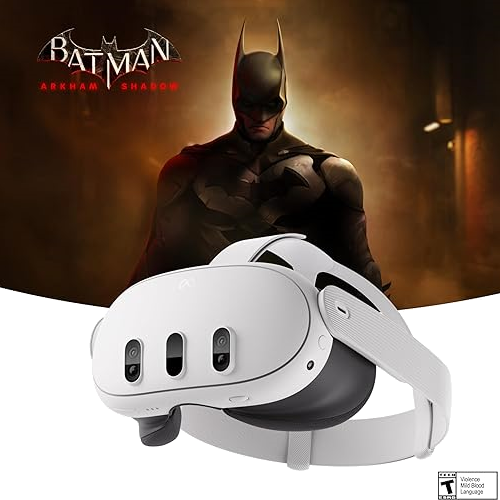
Meta Quest 3
Discover Meta Quest 3: the ultimate VR headset with cutting-edge performance, stunning visuals, and an all-in-one design. Explore immersive games, apps, and experiences like never before.
- Resolution (per eye)
-
2064 x 2208 (pixels per eye)
- Storage
-
128GB or 512GB
Just imagine trying to beat your high score in Beat Saber while being literally weightless, climbing another peak in The Climb while floating around the station, or blasting enemies in SuperHot while performing Matrix-like moves in zero gravity.
I reckon a zero-gravity VR gaming session would be the best thing ever and a nausea-inducing experience, in that order. But even if I ended up barfing on the ISS, being able to play VR games in outer space would still be totally worth it.
1
Ugreen Nexode Pro 65W Wall Charger – 0.38lbs (172g)
Naturally, I’d have to charge all those gadgets, and the Ugreen Nexode Pro 65W Wall Charger looks like an excellent choice. It weighs only 6.06oz, has three USB ports for charging, two of which are USB-C, and is capable of delivering 45W to the primary USB-C port and 20W to the secondary port when charging two devices simultaneously.

Ugreen Nexode Pro 65W USB-C Wall Charger
$31 $50 Save
$19
- Brand
-
Ugreen
- Output Power
-
8.5W, 20W, 22.5W, 45W, 65W
Considering I wouldn’t carry any power hog on this journey, like an ASUS ROG Ally X or a gaing laptop, I think this compact GaN charger would do just fine.
The charger does come with a cable, but I’d also take a UGREEN 100W charging cable to have around when topping up multiple gadgets at the same time.
Total Weight: 3.22lbs (1462 grams)
So, I ended up with a total weight of just under the 3.3lbs limit. Not a bad result, if I can say that myself, considering I managed to include a Meta Quest 3, a proper gaming console, and an e-reader in the bundle. There’s one more gadget I’d take with me. Since the device in question is my phone, I think I’d be able to include it as part of my primary baggage and not as part of my Personal Preference Kit.
Bonus: My Phone (Samsung Galaxy S21 FE)
Last but not least, I’d take my phone with me. While astronauts over at the ISS don’t get cell service, the station has internet access. The total bandwidth is 600Mbps, but only a small portion is reserved for personal use.
In other words, my phone would be my personal entertainment center, sure, but I’d have to fill it with music and videos instead of relying on streaming services.
Considering I own a 128GB version of the phone, I’d probably need a USB-C storage drive to expand the physical storage since my music collection would probably fill up the phone’s storage alone. I’d also include some of my favorite TV shows, to have something to watch, and I’ll most likely also include a selection of movies taking place in outer space.

Related
5 Great Movies That Actually Portray Space Accurately
Sci-fi is called science fiction for a reason. But which movies about space can be considered science fact?
The phone’s camera would probably be good enough to take some pics of our planet from the Cupola module, but I’d rather get a hold of one of multiple Nikon Z9s found on the International Space Station.
I could also 3D print stuff onboard the ISS. The station has access to a Metal 3D Printer that works in microgravity, courtesy of the ESA (European Space Agency). On top of that, astronauts residing on the ISS also have access to multiple plastic 3D printers, which are also special designs that work in microgravity.
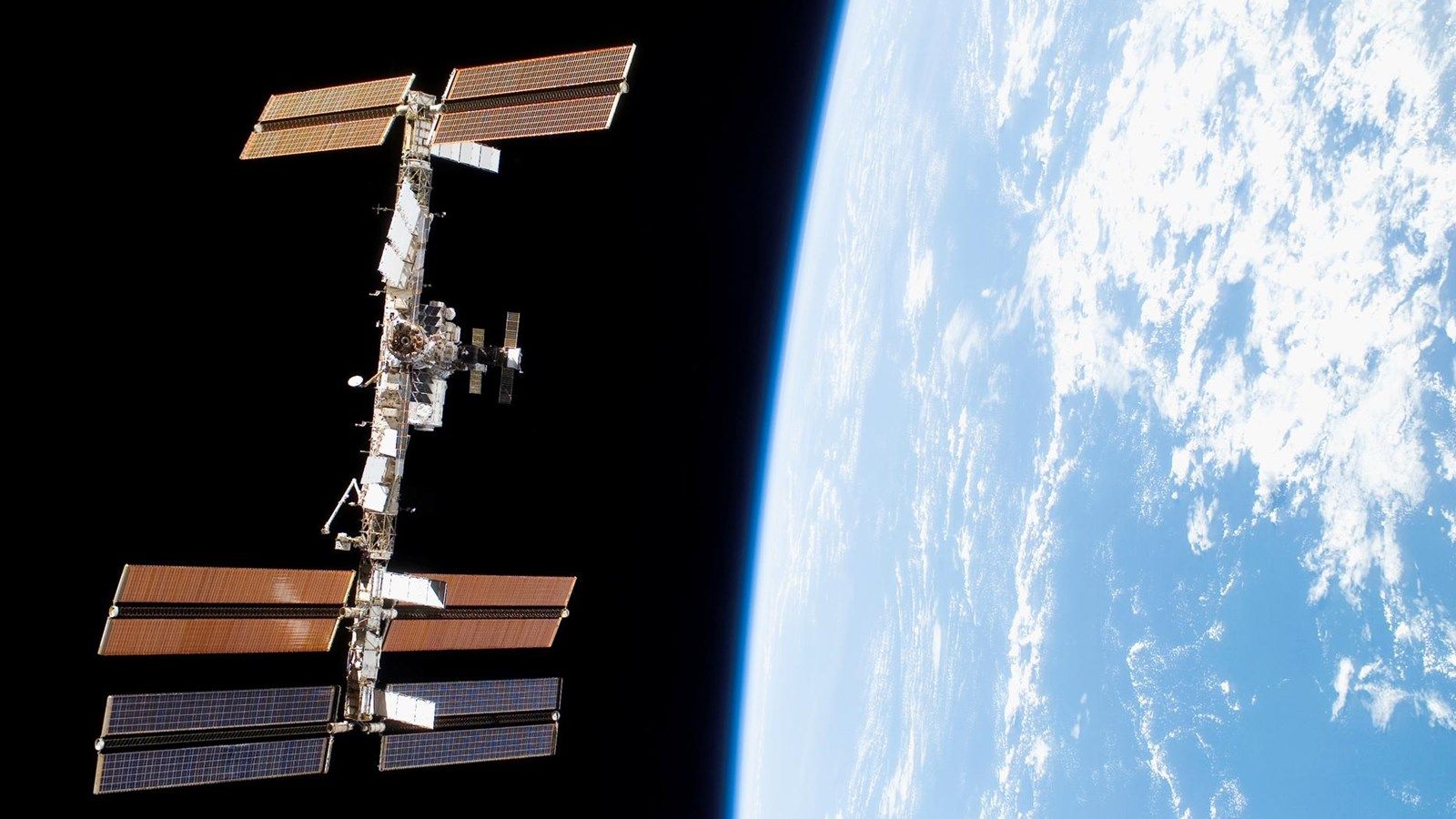
Related
7 Spacecrafts That Could Replace the ISS When It’s Deorbited in 2031
The ISS isn’t going to last forever.
Six gadgets, along with a smartphone; not a bad haul to take to the ISS if you ask me. I’d have a gadget for most of my hobbies (gaming, reading, listening to music, and watching favorite TV shows), and I’d also have a fantastic wall charger to top it all up. Now, the only thing left to do is find a way to actually visit the ISS. But considering that I’m just a regular guy and the ISS will be deorbited in 2031, I doubt I’ll ever actually travel to it. Oh well, maybe when I’m, like, 70 and space tourism becomes mainstream.




